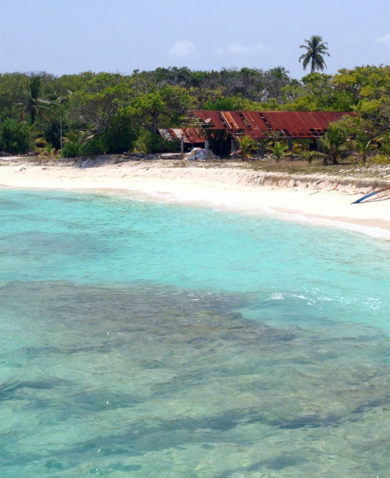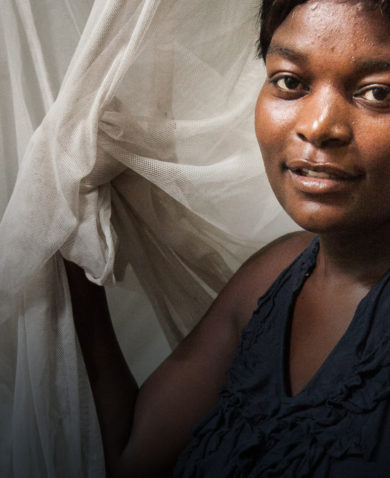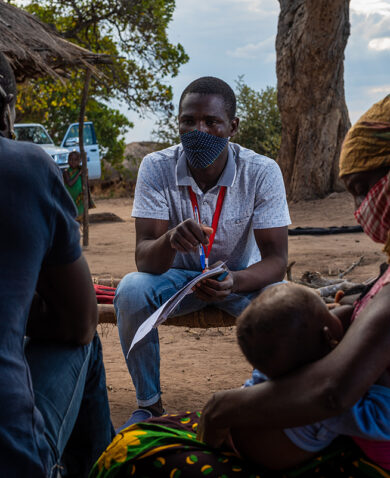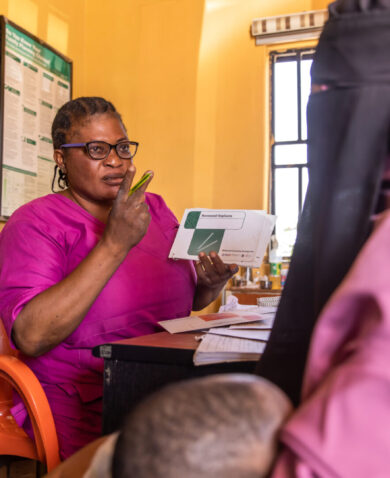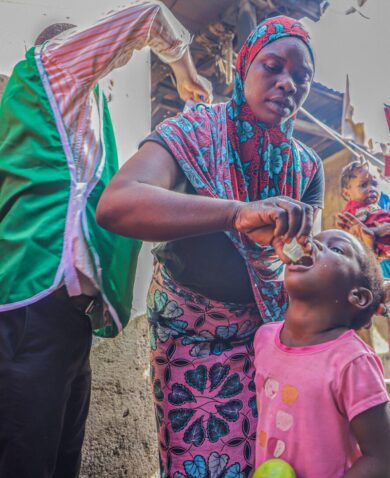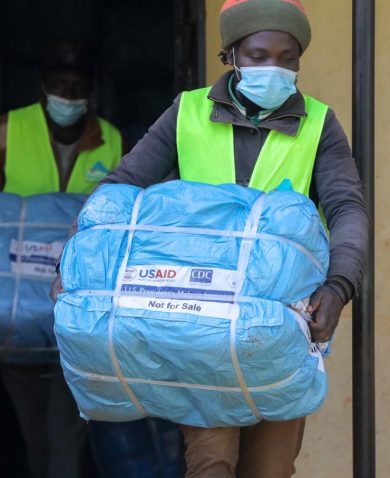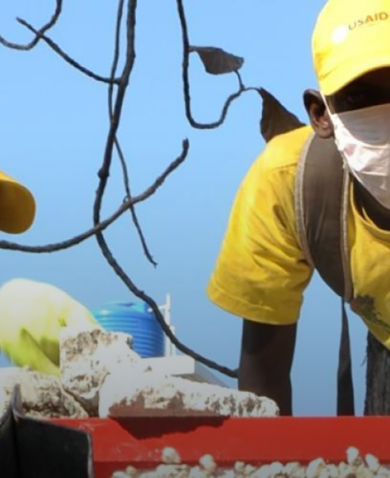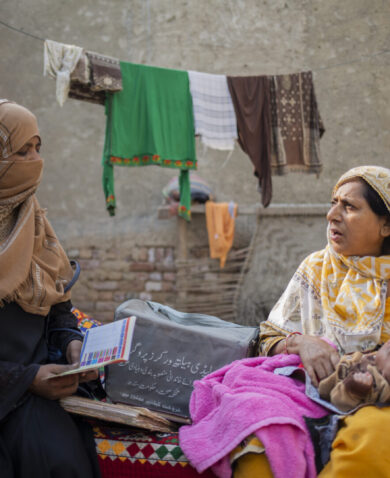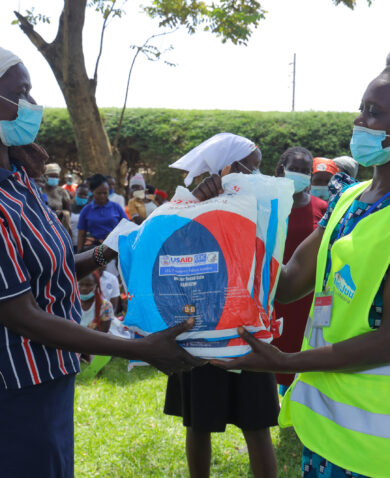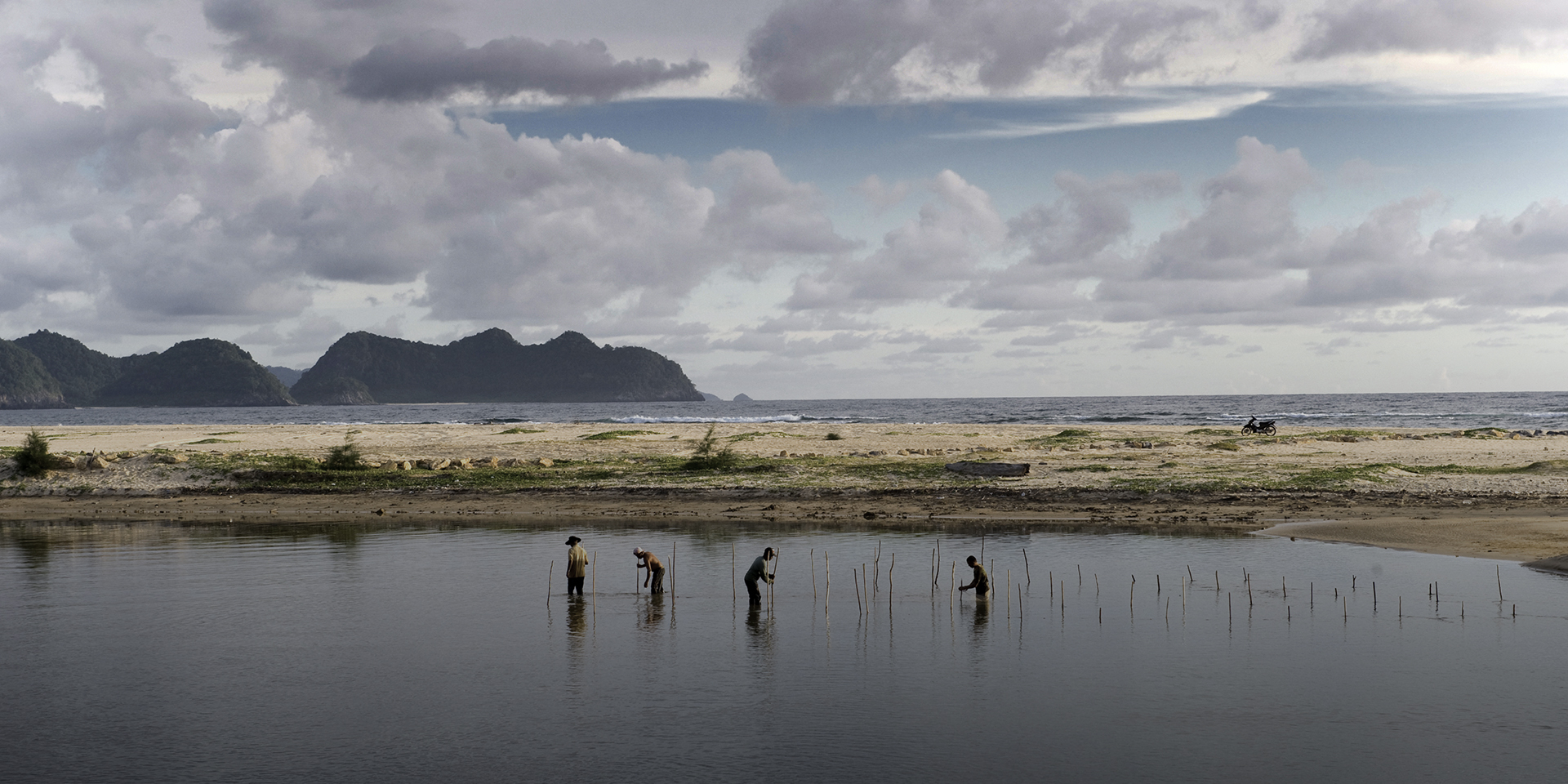
Compounded Impacts of Climate Change: Emerging Health Risks to the World’s Most Vulnerable Populations
January 9, 2018 | 4 Minute ReadCould an increase in kidney disease in El Salvador be related to climate change? New research suggests climate change could impact human health in ways that are unexpected.
This post originally appeared on Climatelinks.
The direct consequences of climate variability and change on the health of vulnerable populations are fairly well established, but there is emerging evidence that the indirect consequences are just as insidious, detrimental, and widespread.
Which populations are the most vulnerable? Those who may be more susceptible to disease, have preexisting health conditions, live or work in areas that expose them to greater health risks and/or do not have adequate access to the resources they need to deal with major weather stresses effectively. Such populations include women and children, the elderly and disabled, indigenous populations, the LGBTI community, religious minorities, and the extreme poor, among others.
The direct impacts of climate change on these groups are clear. For example, heat waves increase the incidence of heat-related illness and death among the elderly since the ability to regulate internal body temperature decreases with age; rising sea levels displace poor coastal communities that live in the most exposed, lowest lying areas; and droughts and floods make inadequate sanitation and hygiene conditions worse in underserved communities, thereby increasing water-borne illnesses like diarrheal disease (the leading cause of death among children under five in developing countries).
The potential indirect impacts of climate change on these populations are only starting to surface and the following examples highlight three of the many emerging health risks that need more attention.
Kidney Disease in El Salvador’s Working Rural Poor
El Salvador has recently seen a surge in the incidence of chronic kidney disease, a potentially fatal affliction that destroys kidney tissue until waste is no longer filtered from the blood. “You need dialysis or transplantation or you die, and we lose one or two people from this region every week,” García-Trabanino, a Salvadoran kidney specialist says. “It’s poverty, not the disease, that kills them.”
These cases are puzzling as they are not the result of the most common causes of kidney disease — hypertension and diabetes. The disease is mainly afflicting men who work outside, namely farming or fishing. Only when researchers considered recent climate trends did a climate-health link emerge. The rise in average temperatures over the last few years in Central America has been incremental, but the number of extreme events has risen disproportionately, leading Richard Johnson, a kidney specialist at the University of Colorado, to observe that “…the areas that have the highest solar radiation and heatwaves are overlapping the places right where the epidemics are.”
While further research is needed to analyze other potential culprits, researchers believe that heat stress, combined with long-term dehydration, might explain the unprecedented rise in the disease in Central America. They predict kidney disease will be a major health risk globally as temperatures rise.
Suicide Among Farmers in India
In India, rising temperatures are also impacting poor farmers, but in a drastically different way. New research found that a 1⁰C rise in temperature on a single day during India’s agricultural growing season leads to roughly 65 suicides across the country. The link is subtle — higher temperatures can lead to lower yields or even crop failure, potentially wiping out a poor farmer’s food or income source for the year. With little or no social safety net to fall back on, farmers in many developing countries are left with hard choices when crops fail.
Psychological impacts are only recently being considered under the collection of health impacts of climate change, but according to Norman Anderson, Ph.D. and CEO of the American Psychological Association, “The effects we are likely to see aren’t just trauma from experiencing natural disasters. We can also expect increases in long-term stress and anxiety from the aftermath of disasters.”
Pregnant Women at Risk from Vector-Borne Diseases
There is emerging evidence that rising temperatures will impact maternal and fetal health in various, devastating ways. In addition to the direct impact of extreme temperatures on pregnant women, rising temperatures are changing the dynamics of many vector-borne diseases such as malaria, Zika, and dengue — diseases that cause millions of deaths globally each year and are increasingly linked to stillbirth, low birth weight, spontaneous abortion and in the case of Zika, severe birth defects.
The causal link between climate change and vector-borne diseases is complex, but emerging evidence suggests that temperature is an important determinant of mosquito development, biting rate, and survival, as well as development time of the virus in the mosquito (also see here). As physician and epidemiologist Barry Levy explains, this means that “there are places, for example, in East Africa, where malaria never occurred because they were at higher elevations and now that temperatures are warmer, malaria is occurring for the first time.”
Research suggests pregnant women are more “appealing” to mosquitoes due to physiological changes. Pregnant women produce more exhaled breath and have higher body temperatures than non-pregnant women, both of which attract mosquitoes. Pregnant women also have greater exposure to disease-carrying mosquitoes owing to behavioral changes: They leave the protection of their bed net more frequently during the night to urinate.
The Road Ahead
These emerging climate change health risks are worrisome, but many opportunities exist to address them. Communication campaigns about the dangers of working in high temperatures without proper hydration and critical necessity of early detection of disease based on specific symptoms can be key to saving Salvadorans from early death due to kidney failure. Crop insurance or improvements in rural credit markets may help to protect vulnerable farmers and reduce suicide rates. Strengthening prevention programs for diseases like malaria, dengue, and Zika for pregnant women can help reduce complications in pregnancy.
Climate information is key to identifying when and where health risks will emerge, helping to target programs and policies. The good news is that organizations like USAID, the World Health Organization, the World Bank, and the Centers for Diseases Control and Prevention recognize the health threat from climate change and are identifying ways to help development practitioners, policy makers, and most importantly, vulnerable populations prepare for the challenges ahead.









